Cooking Myths Busted: What Every Home Chef Should Know
Cooking is an art, a science, and for many, a beloved hobby. But with it comes a mixed bag of advice, some of which has been passed down like family heirlooms, while others are just whispers from the internet. It’s time to separate fact from fiction in the culinary world. Let’s take a closer look at some of the biggest cooking myths that have kept even the best home chefs scratching their heads.
Myth 1: Adding Salt Makes Water Boil Faster
We’ve all heard this one – “add a pinch of salt to your boiling water to speed up the process.” But does it hold any weight? In truth, adding salt does indeed raise the boiling point of water, but not by much. The change is so minuscule that it doesn’t significantly affect the speed of boiling. Salt does, however, enhance flavour, which is why it’s a staple in pasta water. The next time you have pennies to save and minutes to spare, remember that while salt changes taste, it hardly quickens the boil.
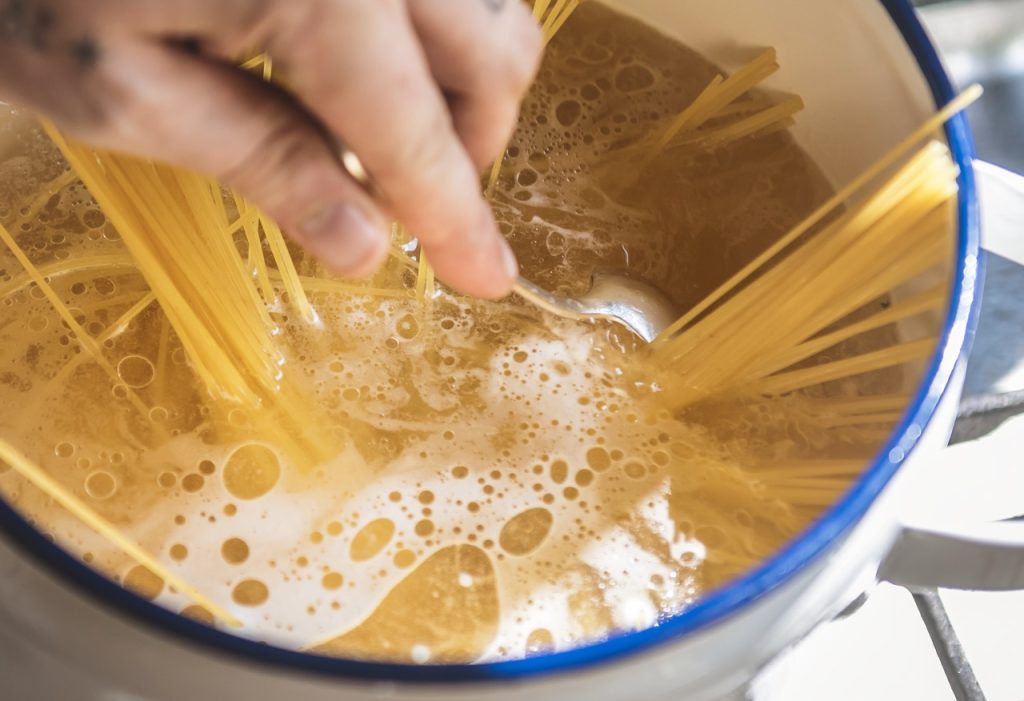
Myth 2: Searing Locks in Juices
The sizzle of meat hitting a hot pan is music to a cook’s ears. Many believe this searing locks in juices, making the meat juicier. However, science tells us it’s more about colour and flavour than moisture retention. Searing creates a caramelised crust through a process known as the Maillard reaction, adding depth and complexity to the meat’s taste. It doesn’t seal in juices, but it does make for a more flavourful bite. To keep your steak succulent, focus on resting it after cooking rather than relying solely on searing.
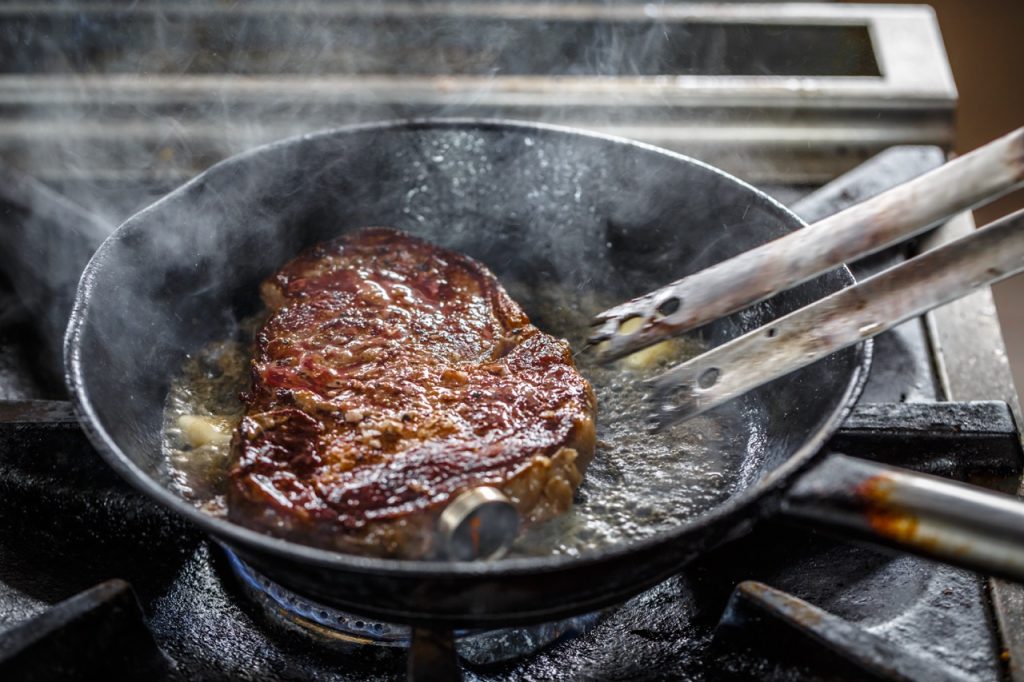
Myth 3: Rinsing Pasta Prevents Stickiness
It’s a common kitchen sight – a pot of pasta being rinsed under cold water post-cooking. While this does prevent sticking, it also washes away the starch that helps sauces cling to pasta. For the best results, skip the rinse and toss your pasta directly into the sauce. If you’re worried about clumping, add a splash of olive oil to the cooking water or stir occasionally. This keeps your dish cohesive and flavourful, ensuring every bite is a saucy delight.
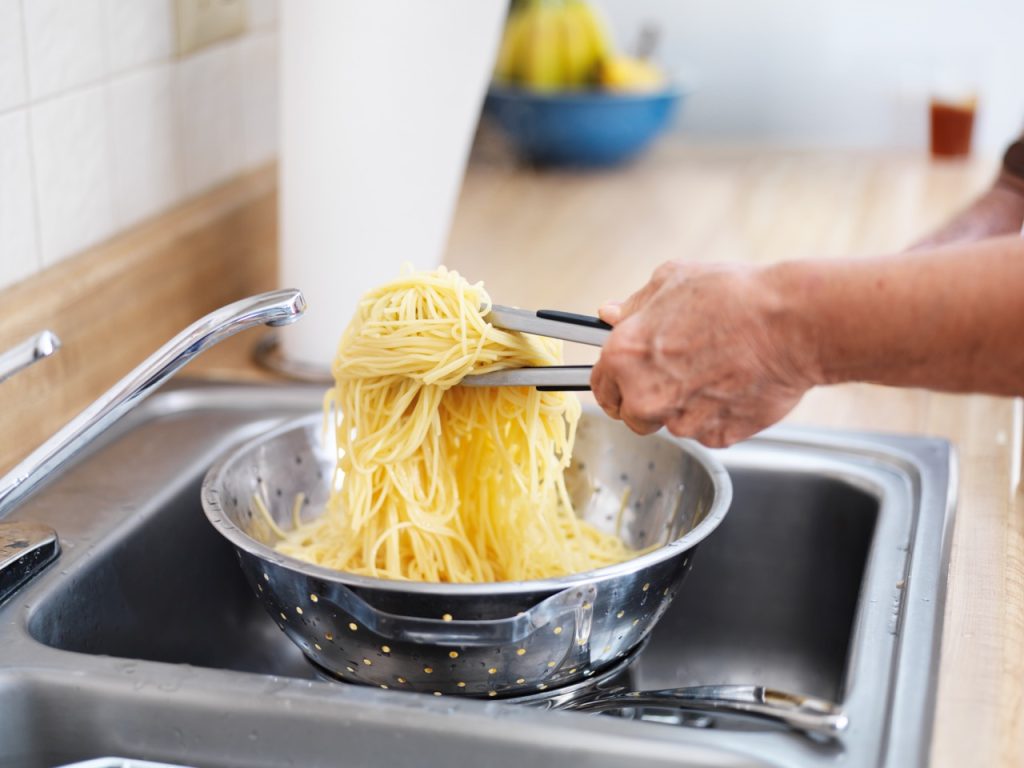
Myth 4: Alcohol Evaporates Completely During Cooking
Many recipes call for wine or spirits, promising that the alcohol boils away, leaving only flavour behind. While it’s true that alcohol does evaporate, the process isn’t instantaneous or complete. Depending on the cooking time and method, a portion of the alcohol can remain. If you’re cooking for those avoiding alcohol, consider allowing additional simmer time or using substitutes like broth or juice to mimic the richness without the alcohol content.

Myth 5: Non-Stick Pans Don’t Require Oil
One of the selling points of non-stick cookware is the reduced need for oil. But using a small amount can extend the life of your pans and improve food texture. Oil not only prevents sticking but also aids in browning and adds flavour. Plus, a bit of fat helps develop that golden crust we all love in fried foods. When using non-stick pans, moderate oil use ensures delicious results while maintaining the integrity of your cookware.
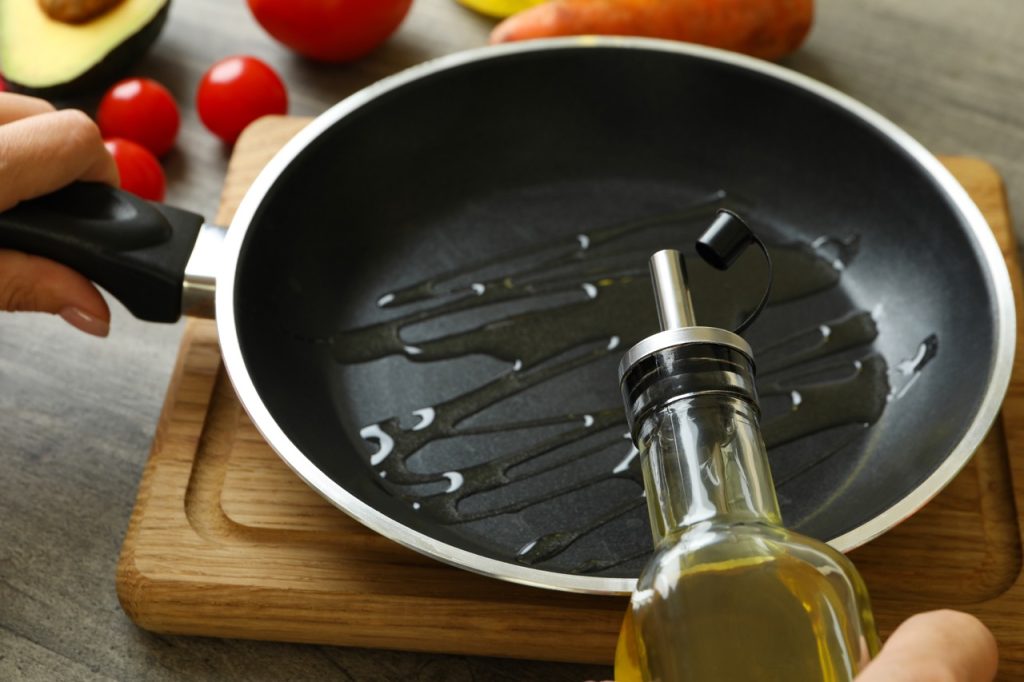
Myth 6: Microwaves Kill Nutrients
Microwaves have garnered a reputation for being nutrient zappers, but they can actually preserve nutrients, sometimes better than traditional cooking methods. Microwave cooking is quick and requires little added water, reducing the amount of nutrient loss compared to boiling or overcooking. When using a microwave, cover your food to retain moisture and nutrients. It’s efficient and can be a healthy cooking choice when used wisely.
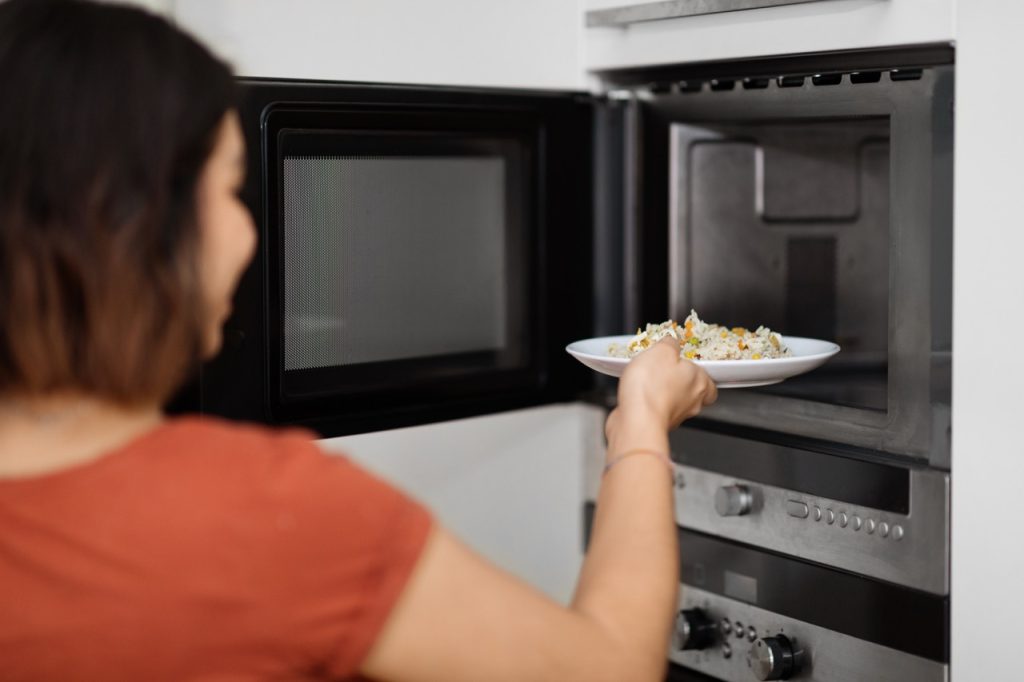
Myth 7: Fresh Produce Is Always Better Than Frozen
The allure of fresh produce is undeniable, but frozen options hold their own in both nutrition and convenience. Freezing locks in nutrients at their peak, often making them just as, if not more, nutritious than fresh counterparts sitting on shelves. Plus, frozen produce reduces waste and provides out-of-season variety. Keep a mix of fresh and frozen fruits and vegetables in your kitchen arsenal to enjoy the best of both worlds.
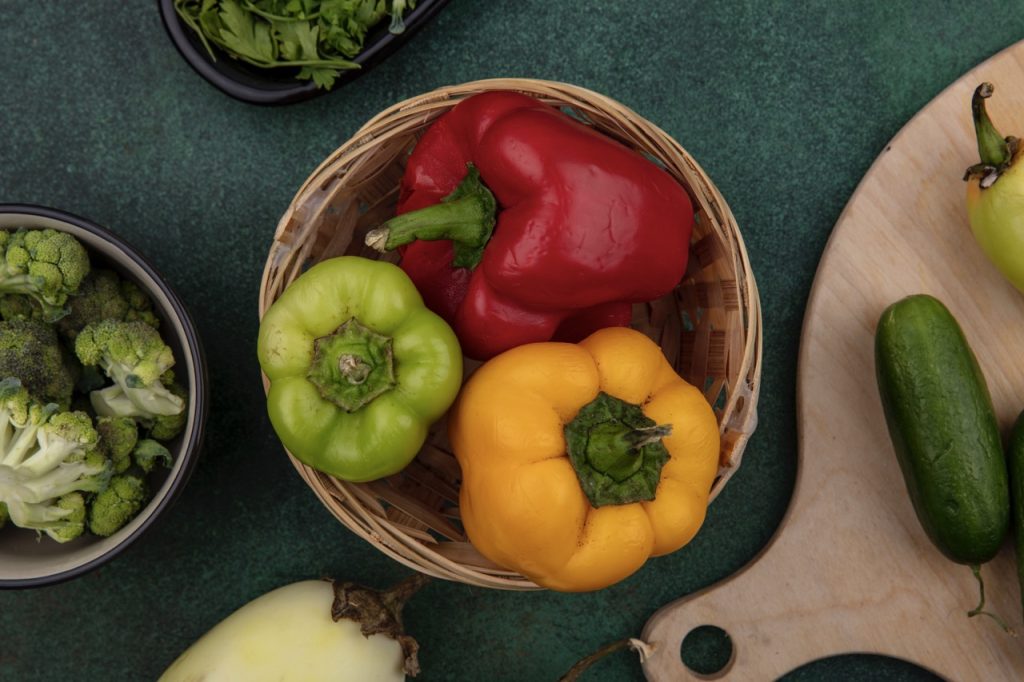
Myth 8: Coloured Bell Peppers Are Different Vegetables
A rainbow of bell peppers brightens any dish, but did you know they’re all the same vegetable at different ripeness stages? Green peppers are unripe, maturing to yellow, orange, and finally red, which is the sweetest. This ripening impacts taste, texture, and nutritional content, with red peppers boasting more vitamins. Choose the colour that best fits your dish’s needs, knowing they all start from the same humble beginning.
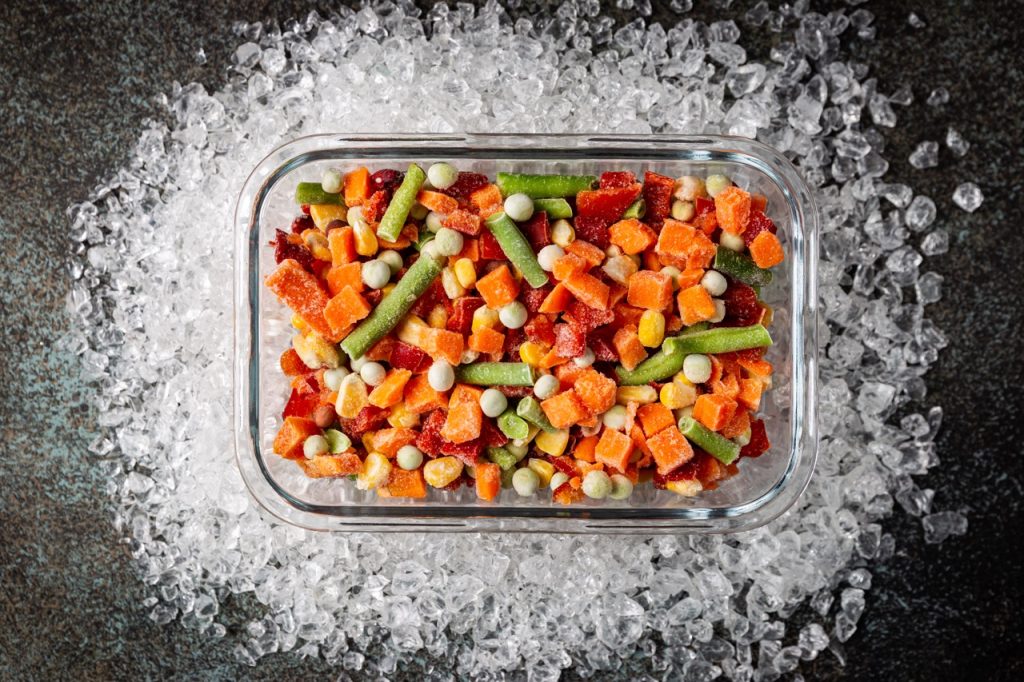
A Taste for Truth in the Kitchen
Dispelling these cooking myths equips you with the knowledge to enhance your culinary experience. By understanding the truth behind these common beliefs, you’ll save time, effort, and ingredients in the kitchen. Whether it’s mastering steak searing or optimally using your microwave, these insights serve as helpful companions on your cooking adventures. Remember, every myth debunked is a step towards more informed and confident cooking.
Next Expo
- 20 – 22 June 2025
- Perth Convention & Exhibition Centre
- 10am - 5pm Daily



